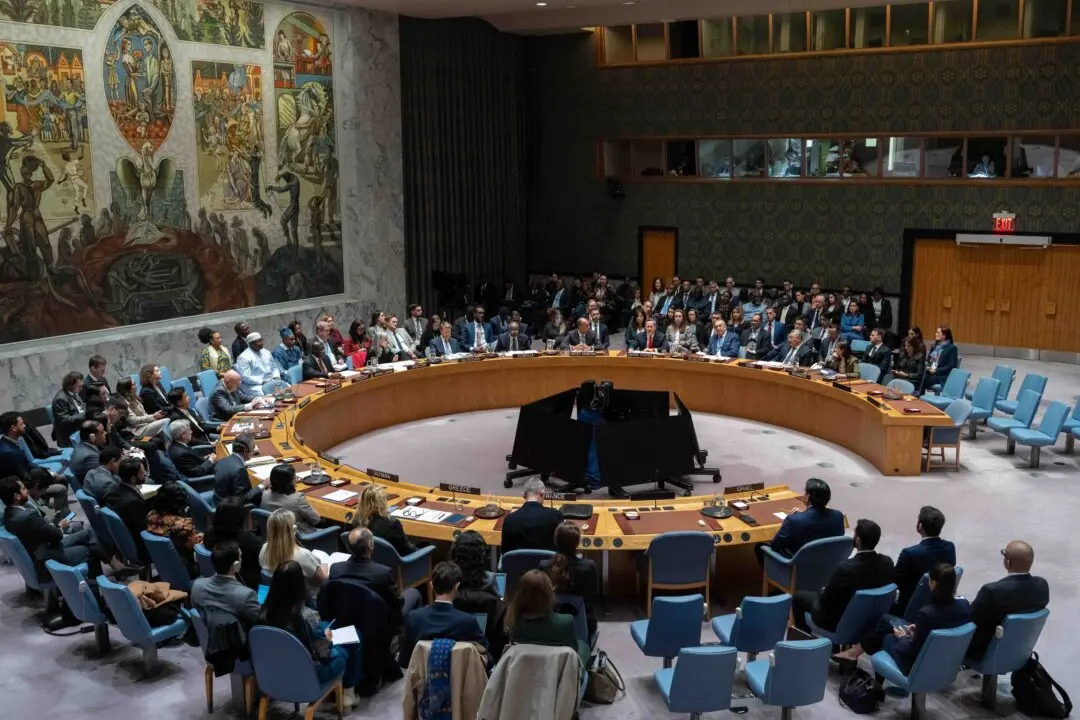Part of government grants for London boroughs to build new affordable homes will be used to buy existing homes under a new plan announced by London Mayor Sadiq Khan.
Greater London Authority said on Friday that councils can bid for money from the new Council Homes Acquisition Programme (CHAP) so they can buy homes in their boroughs from the private market and turn them into social rented housing or temporary accommodation for homeless households.





